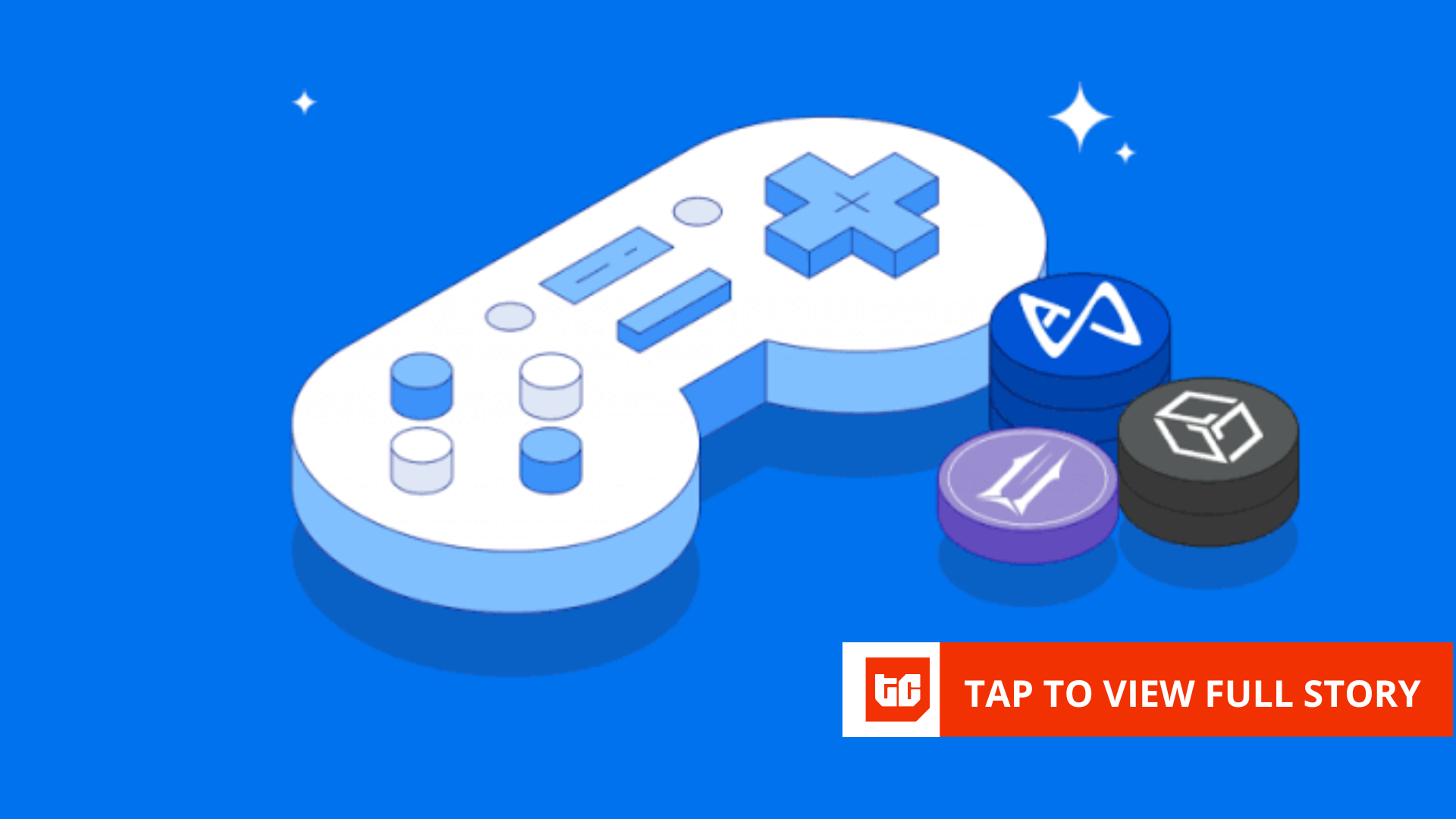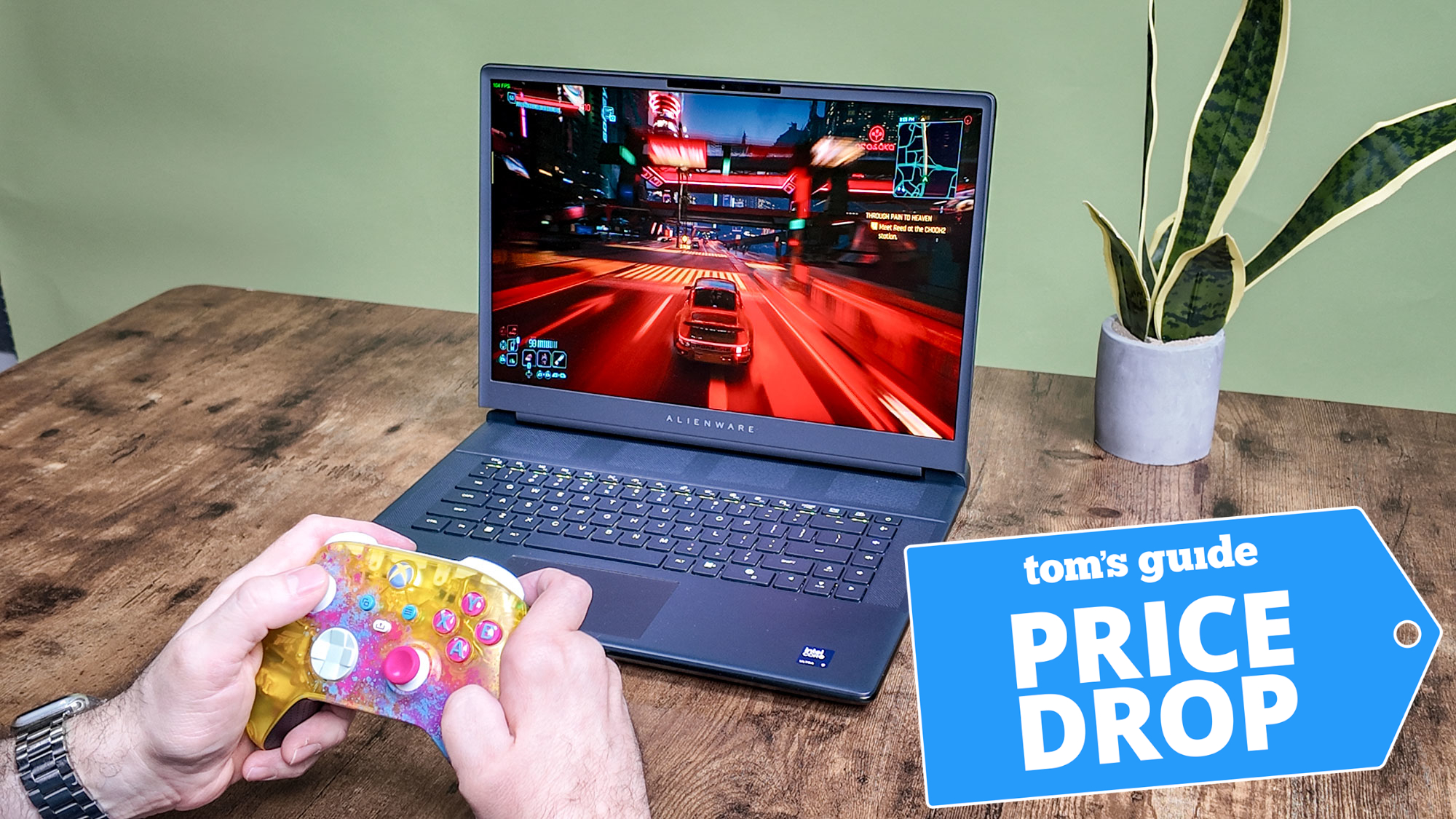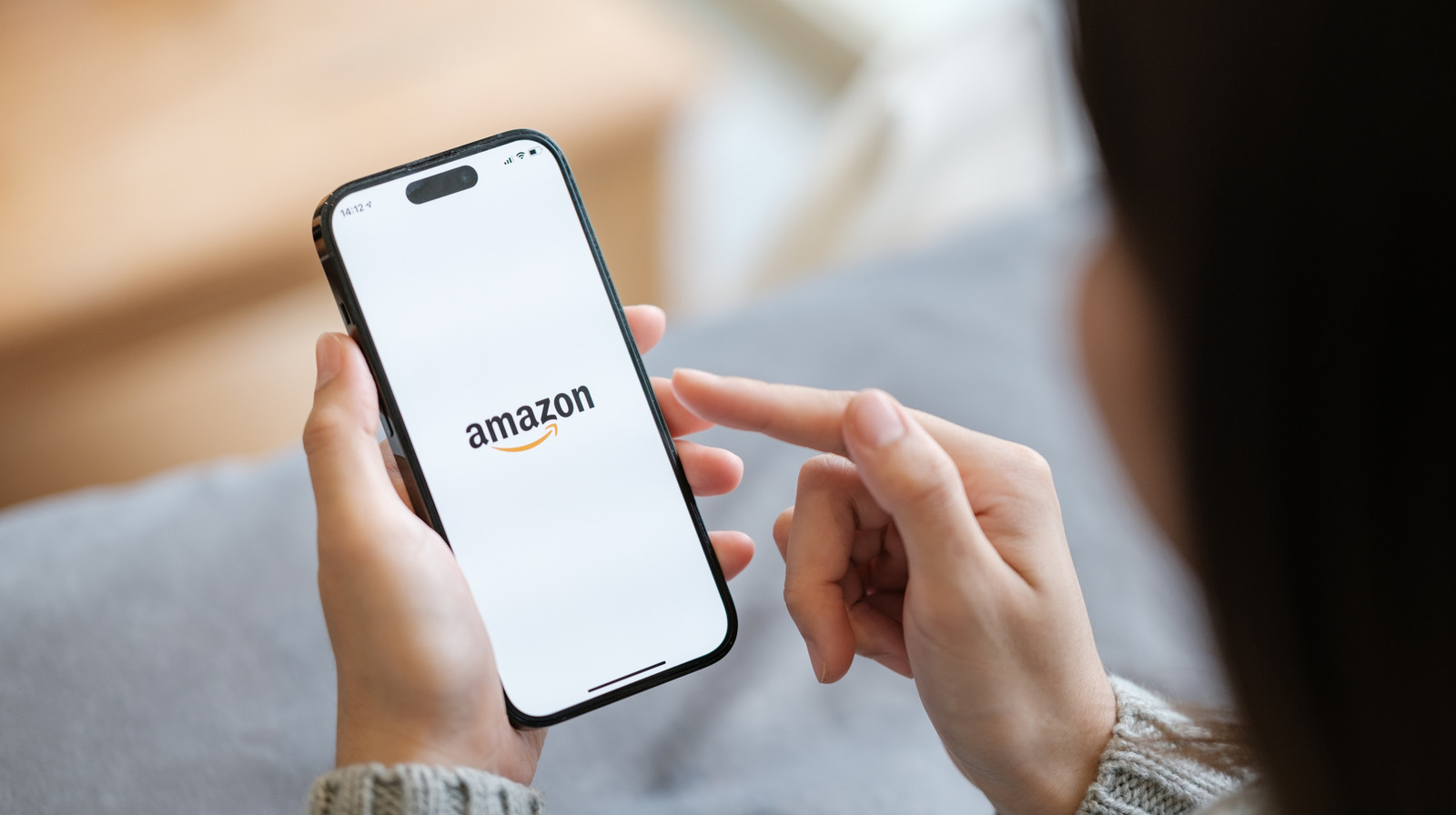Hadlee Simons / Android Authority
One of the more notable emulation stories in the last couple of years has been the rise of apps that let you play PC games on your Android phone or tablet. No, we aren’t talking about streaming, either, but actually running these games via emulation/translation.
Getting started with GameHub

Hadlee Simons / Android Authority
GameHub itself can only be downloaded from GameSir’s website, as it is not available on the Play Store. The company noted that the Mali GPU improvements were available with the latest download (version 4.1.3), but I was running version 4.1.4 at the time of writing.
I opted to use my Pixel 7 Pro as it’s the only Pixel phone I have on hand. However, this should be a good baseline for Pixel owners. If a game runs here, then you can expect better results on more recent Google phones.
It’s worth noting that my personal device only has 128GB of storage, which means I can’t test games with huge file sizes. 128GB of base storage really isn’t enough for an $800+ phone in 2025. Nevertheless, I opted to try a variety of lightweight and more demanding titles.
GameHub has a pretty intuitive UI, but setting things up can still be a tedious experience.
Installing games can be a long-winded affair, though. You need to install the game on your PC and copy those folders to your phone, or install the game via GameHub using your supplied setup files. So far, so good. However, the latter approach can be a bit of a pain, as you ideally need to install games to the D or E drive (which corresponds to your phone’s accessible folders like Downloads) if you want to import that title into GameHub. Otherwise, you have to boot up the desktop environment each time you want to play that specific game. Once you’ve installed a game via the app, you can add the title to your library by browsing for its exe file.
GameHub recently gained Steam integration, so you can apparently install titles from your Steam library. However, some people have expressed privacy and security concerns with logging in via Steam, although you can log in via Steam Guard if you don’t want to use your username and password. Others have recommended creating a new Steam account for GameHub and linking your game library to it via Steam Families. It’s also unclear whether this only applies to DRM-free games in your library. Otherwise, the app provides links to some demos such as Resident Evil 7, Resident Evil 2, and a few more games.
Nevertheless, GameHub offers some handy improvements over rivals like the landmark Winlator app. These include a far more intuitive UI, robust controller support, and the ability to automatically download required components for individual games.
Which PC games can I play on my Pixel?

Hadlee Simons / Android Authority
The first few PC games I installed on my Pixel 7 Pro were lightweight titles, starting with Spelunky. The original freeware version of Spelunky should be a breeze, as the system requirements mean it can effectively run on a potato. The good news is that the app actually starts up, and you can play the game. However, it looks like the frame rate constantly runs in the high teens here. That could be playable for some people, but this is a no-go for my modest handset. I also briefly tried tweaking a few settings, like the translation speed, as well as switching between Proton and Wine versions, but to no avail. That’s not a great start.
Booting up Xbox 360-era classic Castle Crashers simply took me back to the GameHub screen after a few seconds. However, a quick online search revealed that I should try disabling the DXVK renderer instead of VK3D. The good news is that the game then booted up. Performance is slow, though, as the title runs at around 15 to 25 frames per second most of the time. This is playable if you grew up playing PC games at near-slideshow levels of performance, but it’s not good for the vast majority of people.
Undertale also failed to enter gameplay at first, but I eventually got it running after the same aforementioned tweak (disabling the DXVK renderer). The game runs a little slowly at just under 30 frames per second. This is manageable for dialog sequences, but you do notice the judder when walking around, and you’ll notice it during combat. I wouldn’t call this a playable experience, but you might find this bearable.
I’m a little disappointed that even 2D titles weren’t entirely smooth. However, the GameHub team sent us a table of some titles worth testing and the expected frame rates (seen below). I subsequently tested Tomb Raider 2013 and Grand Theft Auto IV.

I was pleasantly surprised to see Tomb Raider running at a playable pace with the out-of-the-box settings. The frame rate is certainly variable at roughly 30-50 fps, but it was still good enough for my liking. If you don’t have a PC or console, it’ll get the job done fine. I’ve definitely seen worse official ports being released. Fun fact: Tomb Raider 2013 was actually released on the Shield TV Android box.
I then tried Grand Theft Auto IV. It installed fine, but got stuck on a “Basic Components Downloading” screen. I’ve seen a Reddit thread that suggests briefly changing your phone language to Chinese to fix this issue. But this annoying step didn’t actually get the game to boot up, as I just got a black screen.
Can the Pixel 7 Pro run Crysis? I had to find out. This 2007 first-person shooter was considered the benchmark for PC titles for years following its release. It’s since been ported to the Xbox 360, PlayStation 3, Nintendo Switch, and more consoles. Unfortunately, Crysis didn’t even start on my phone, as it briefly launches before returning to GameHub. I also tried tweaking a few settings, albeit without success. Maybe that’s a good thing, because I’m not sure my Pixel would survive running it.
The last game I tried was Hades. This title received an iOS port, but didn’t get an Android release. It’s the same story as some other games I tried, though, as this 2D hack-and-slash title refused to boot up even after making tweaks.
Are you out of luck? Not necessarily
I must note that I haven’t extensively tweaked each game I tried running. I have tweaked things like the translation layers, DXVK/VK3D versions, and Box versions, but that’s generally it. That means some games I’ve tried might be playable with more extensive tinkering. I also have to stress that I only tested a tiny number of titles, so other games might run smoothly. In other words, it’s still worth trying the app on your Pixel if you really want to play a specific PC game.
Do you emulate games on your Google Pixel phone?
4 votes
Nevertheless, I don’t think every mobile gamer should try running GameHub on their Pixel phone right now. It’s a pretty time-consuming and occasionally frustrating experience that requires some patience. It’s not at all like running a Nintendo 64 or PS2 emulator on your phone. Despite these criticisms, the app is continuously receiving updates, so things should improve in the future. It’s also hard to complain about these things when it’s a free app! Plus, these are indeed PC games running on your phone. It’s a minor miracle that some games run at all.
In any event, the rival Winlator app is also worth trying on your Pixel. Some games that don’t run in GameHub might run fine here, and vice-versa. Newer versions of Winlator also support the new Vortek driver, which targets Mali GPUs. However, this app doesn’t quite have the same intuitive UI as GameHub, so that’s something to keep in mind.
Thank you for being part of our community. Read our Comment Policy before posting.









